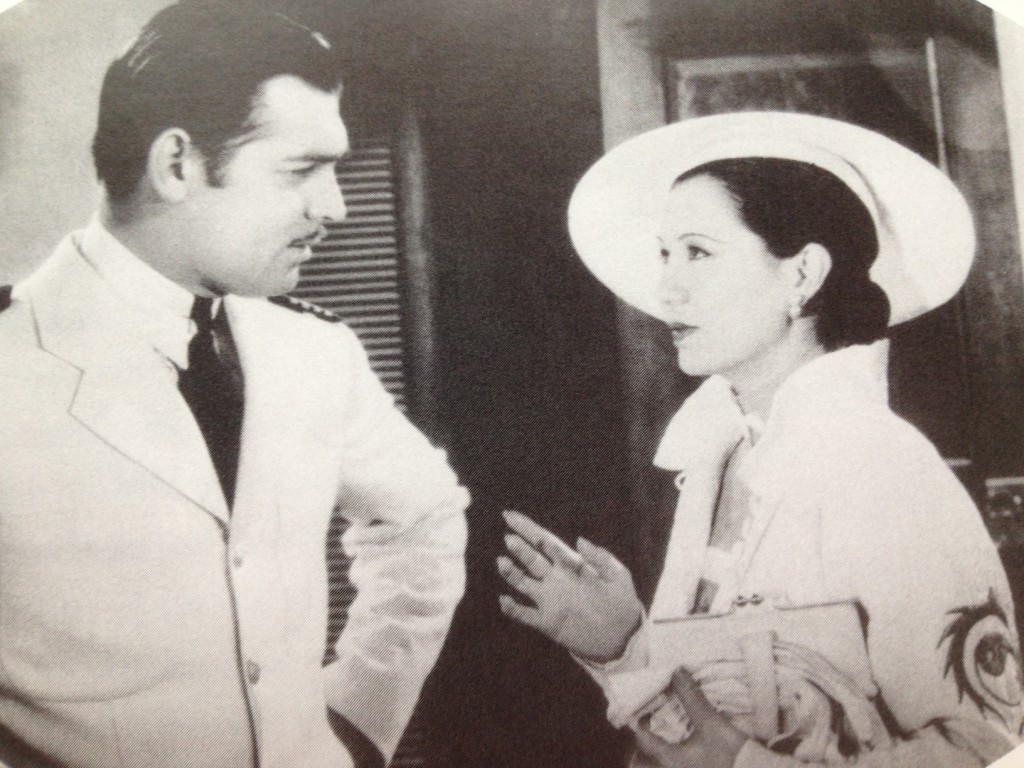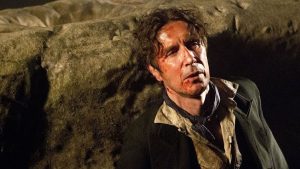
This was originally published in the former The Classic Film Collective Patreon.
You may be familiar with Chinese-American actress Anna May Wong from films such as The Thief of Bagdad (1924), Piccadilly (1929) and Shanghai Express (1932). But have you heard of Soo Yong? Yong was a couple years older than Wong but started her career in film over a decade later than Wong did. She appeared in over 20 films from the mid 1930s and into the 1960s alongside big name stars such as Clark Gable, Jean Harlow, Mae West, Greta Garbo, Humphrey Bogart, Jennifer Jones, William Holden and Marlon Brando. While it’s easy to compare the two because they were both Chinese-American actresses working in the Hollywood studio system, they couldn’t have been more different. Wong was an international movie star and style icon. She pushed the boundaries of how an Asian-American woman should look and how she should act on screen. She was constantly fighting a system that didn’t know what to do with her.
Yong was quite different. She was never a big star and instead became a reliable character actress. And Yong’s model was quite different Wong’s. She presented herself as the “Chinese New Woman”, an educated woman who gave the performing arts a level of sophistication. According to Professor Gao Yunxiang of Ryerson University, “White Hollywood was smitten by Soo Yong, whose educated, middle-class persona contrasted with the flamboyant and controversial star Anna May Wong. Wong’s film persona, created for her by racist Hollywood casting decisions, irritated China’s Nationalist government.” Yong would spend her life presenting a different image of Chinese-American womanhood both on screen and off. Professor Yunxiang goes on to say that Yong offered “an alternative to the familiar binary stereotypes of the subservient China doll and the vicious dragon lady.”
Having heard little of Soo Yong, I decided to do some research on her life and career. Here are some interesting facts about this little known figure from film history.
- Soo Yong was born October 31st, 1903 in Hawai’i to Chinese immigrant parents. She was orphaned at the age of 15 and raised by her sister in Honolulu. Yong eventually lived in California, New York, Florida and Maine but eventually came back to spend her final years in Hawai’i.
- Yong’s initial career track was actually to become a teacher. She attended the Mid-Pacific Institute and the University of Hawai’i, got her Master’s in teaching from Columbia University and even studied for her PhD at the University of Southern California (although I couldn’t find any information on whether she completed her doctorate). According to film historian Arthur Dong, “Soo Yong was one of the earliest Chinese American women to enroll in an American college.
- Yong got her start as an actress on stage. She appeared in plays written by Zhang Penghun and had a role in the Broadway production of The Letter opposite star Katherine Cornell. Fluent in Mandarin and English, she served as an on stage translator for Mei Lanfang’s Peking Opera, which was sponsored by the China Institute and traveled across the country in the early 1930s. Yong became known as a cultural translator building a bridge between Chinese culture and American audiences. She was billed as “the charming mistress of ceremonies.”
- While she was studying for her PhD at USC, Yong began acting in films at MGM. Her first role was in The Painted Veil (1934) playing Greta Garbo’s Chinese maid Amah. Her next film China Seas (1935) has her paired with C. Aubrey Smith as his romantic companion Yu-Lan. There is a great scene in that movie where she is seated with Jean Harlow, Wallace Beery, Rosalind Russell, Clark Gable, C. Aubrey Smith and Robert Benchley. Harlow’s character China Doll is kicking up a fuss to which Yu-Lan (Soo Yong) replies: “The more violent a storm, the sooner it subsides.”
- I first took note of Yong in Mae West’s Klondike Annie (1936) where she plays West’s traveling companion who is dropped off in Seattle to be reunited with her lover. Yong mostly played Chinese or Chinese American characters. Asian actors were often made to play many nationalities so this was unusual for the time. In the 1950s, she did play a few Japanese characters but it was more the exception to the rule.
- Yong worked for several major studios. She made 4 films for MGM, 4 for 20th Century Fox, 6 for Paramount and made 1 film each for Warner Bros. Universal and Columbia. She also performed in indie productions such as The Adventures of Marco Polo (1938), Big Jim McLain (1952), Flight to Hong Kong (1956) and The Hawaiians (1970).
- Anna May Wong and Soo Yong never worked together but their paths did almost cross on two separate occasions. Both actresses auditioned for the lead role of O-Lan in MGM’s The Good Earth (1937). Both were frustrated to lose that plum role to caucasian actress Luise Rainer. Wong doesn’t appear in the film but Yong went on to have a minor role in as “Aunt”. Fast forward to 1961, both Wong and Yong are slated to appear in the first major Asian-American Hollywood production Flower Drum Song (1961). Wong unfortunately died of a massive heart attack before filming began and the role of Madame Liang eventually went to Juanita Hall. Yong appears in a small role as Madame Yen Fong and can be seen primarily in the Chop Suey musical number
- After retiring from film in 1970, Yong appeared in a few television episodes of Hawaii Five-O. Her final on screen performance was in Season 2, Episode 5 of Magnum P.I. in 1981. She plays an old Vietnamese woman in Honolulu’s Little Saigon and has two scenes with Tom Selleck.
- While living in Winter Park, Florida, Yong ran a successful Chinese novelty shop called The Jade Lantern. There she sold sold jewelry, handbags, silk, linen, furniture and other arts and crafts. According to Professor Yunxiang, “customers shopped there for a lifestyle associated with her glamour and were served by the star they recognized.”
- Her second husband C.K. Huang was a Chinese businessman who supported the arts. Due to an immigration law, they couldn’t marry until 1941 without Yong losing her American citizenship. Once that law changed, they were able to wed. Together they left an endowment to the University of Hawai’i at Mano. The Chun Ku and Soo Yong Huang Foundation offers grants and scholarships to students interested in Chinese Studies.



